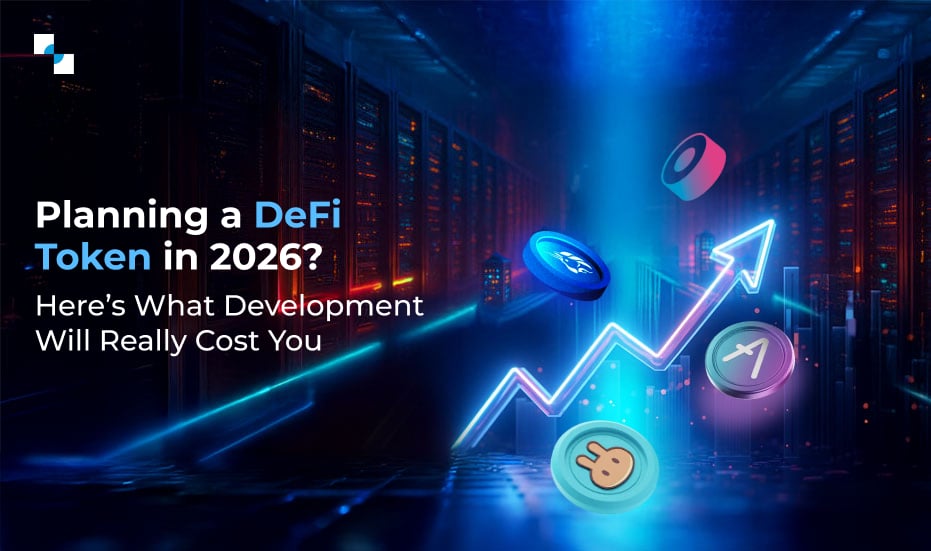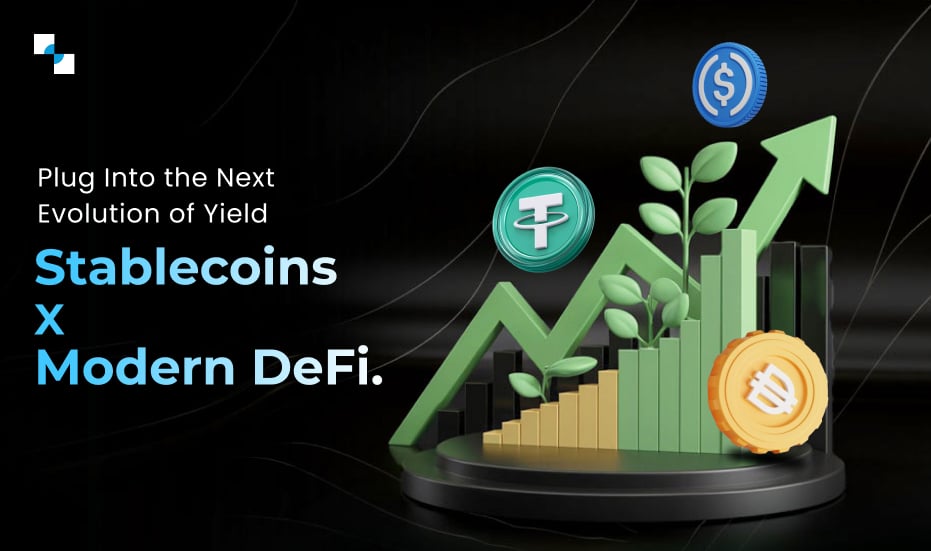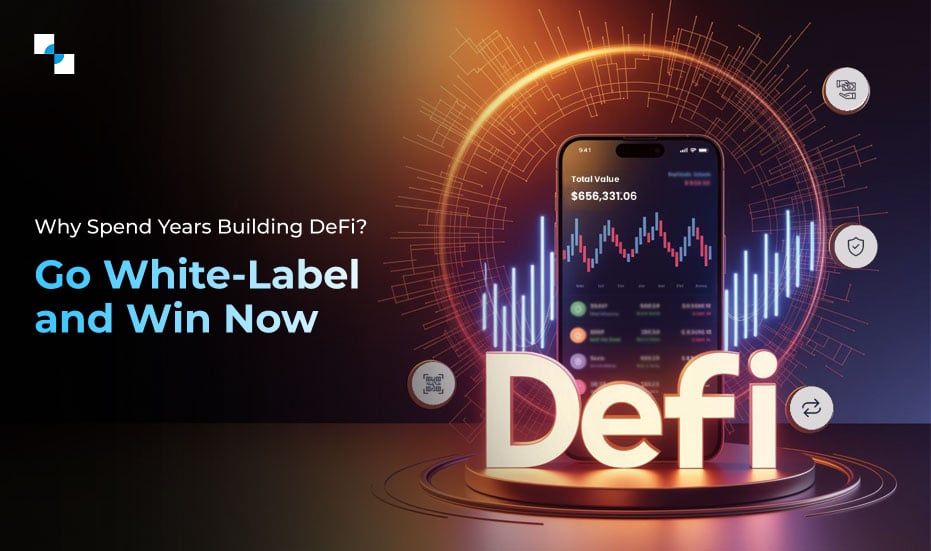With each passing day, DeFi development services are becoming a rage and the financial institutions at large want to extract optimal returns out of it. Even if it takes changing their business model from traditional finance, they are ready for it. For many months, the industry has had many apprehensions about DeFi protocols.
The industries were unhappy with some of the DeFi protocols that made the platforms less liquid, hindered their interoperability and scalability, and even eroded its core feature of decentralization. This led to some major hurdles in making DeFi a mainstream financial ecosystem.
However, just as if all great things take time to mature and lead, DeFi is carving its niche and is all set to cement a permanent place. With time, the industry was quick to respond and started to leverage the existing technology to come up with relevant solutions.
The following blog shall provide you with more clarity on hiring the best DeFi development company. It does so by discussing some key platforms that became forerunners in the DeFi 2.0 era with some very crucial protocols.
Maintaining Consistent Liquidity For DeFi
Olympus DAO is one of the most popular DeFi applications. It successfully delivered an alternative to liquidity mining and managed to drive its protocol-owned liquidity model. Before this, the mercenary liquidity problem-plagued protocols induced a lot of volatility and uncertainty and restricted capital efficiency.
Instead of being completely dependent on liquidity providers, Olympus DAO owns liquidity through a “bonding” mechanism, wherein a user can sell assets to a protocol in exchange for its native token.
To incentivize users to sell to the protocol, rather than the open market, bonds are offered at a discounted rate. These liquidity bonds help the protocol sustain and lock liquidity helping it to control its liquidity and fight mercenary tendencies.
Develop your own DeFi Platform with Us
Schedule Free DemoSupercharging DeFi development on various blockchain
Next, is Polkadot, a blockchain committed to addressing the interoperability and scalability issues in the existing DeFI apps most of which are deployed on Ethereum. Built on lines of DeFi 2.0, Polkadot is empowering multiple chains that were previously working in silos and isolation. The lack of scalability not only held back the blockchain’s mainstream adoption but also affected the platform’s ability to seamlessly move value to another chain.
Today, Polkadot is an integral part of the blockchain economy offering interoperability and seamless scalability. Polkadot can be compared with TCP/IP, which is the communication layer of the internet.
Simply put, Polkadot provides an underlying layer upon which a blockchain can be launched, and these blockchains can run smart contracts, talk to other blockchains on the Polkadot platform, and even talk to external protocols (like Bitcoin, Ethereum) via bridges.
Polkadot joins a network of heterogeneous blockchains. These are known as parachains and parathreads that connect to and are secured by the Polkadot Relay Chain. Bridges provide a compatible way to interoperate securely and allow the transfer of tokens and/or arbitrary data from one chain to another, even if two blockchains have different protocols, rules and governance models.
It has been able to provide very crucial functionalities to the blockchains related to the transfer of assets from one chain to another, locking of assets on one chain based on an event on the other giving way to new financial products like derivatives, cross-chain dividend payments etc. To ensure seamless DeFi development on various blockchain networks, we need initiatives like Polkadot.
Blockchain is tapping into the huge scope of scalability as cross-chain transactions allow more and faster processing. Thus, it accommodates more volume of transactions, something that Ethereum has been struggling with. As a multi-chain application environment, Polkadot is at the helm of fuelling DeFi development services.
Instantaneous Lending & Borrowing
In 2022, it is important to talk about a DAO (Decentralized Autonomous Organization), a breakthrough in blockchain that works closely with DeFi. A DAO has a unique governance model. To better understand the concept, let us discuss MakerDAO, an open source project on the Ethereum blockchain.
Just like in DeFi, here also a global community of governance token holders (MKR) manages the MakerDAO platform. Without reporting to a centralized authority, MKR holders drive the platform and the financial risks of DAI, the native token. This further ensures stability, transparency, and efficiency.
The voting rights are always proportional to the MKR ownership in the voting contract. It is truly a community-driven DeFi Platform leaving no scope for opacity or centralization of power which are usually seen as the key culprits in making DeFi vulnerable and insecure.
Partner With the Best DeFi Development Company
As discussed so far, we need contemporary solutions to take DeFi for mainstream adoption. In the pursuit of the same, the DeFi developers should look beyond basic problems. They should focus on building sophisticated financial products to empower more participation while setting the foundation for greater adoption.
Looking at how DeFi 2.0 is evolving, there is no doubt that this space is looking at big changes in the coming times. DeFi 2.0 is paving a way for more innovative protocols and DeFi development services that would make it an all-inclusive financial ecosystem.
If you are planning to launch a DeFi platform, partner with Antier Solutions. We leverage our deep domain knowledge, technical prowess, and real-world experience to build highly secure and powerful DeFi protocols that help you disrupt the market.
Connect with our subject matter experts to share your business requirements.







